The Thermaltake Ceres 500 turned out to be my secret case star of the year because it combines great features with a fresh look and performs well in all aspects. With the Ceres 300, Thermaltake now sends a shrunken version with slightly slimmed down features and hits a range with the form factor that should fit perfectly for the majority of all DIY builders. Whether it would also fit for you, you can read in the review.
Like the Ceres 500, the smaller Ceres 300 case offers many clever details and useful features. In addition to three pre-installed 140 mm fans (of which, annoyingly, only two have ARGB lighting), the possibility of vertical GPU installation and an optional LCD display, the Ceres 300 also features a generous perforation that promises a very good airflow. Unlike its big brother, the 300 has shrunk a bit in height and depth, resulting in a very workable size. But we’ll get to that later, first let’s free the case from its packaging.
Unboxing
The outer box is relatively plain. The artwork only consists of a picture of the case and a sticker.
Apart from that, you’ll find the dimensions and technical data on the box.
The case is unmistakably part of the Ceres line and the similarity to the 500 is immediately obvious.
Too bad: The hinges for the 4mm thick glass side panel fall victim to the red pencil on the 300.
At least the thumbscrews don’t fall out of the side panel when loosened.
The well-equipped front I/O moves from the side into the lid.
Furthermore, the front can be removed completely with a hearty tug. While the gray applications of the Ceres 500 are still made of metal and connected to the case, the 300’s are plastic parts that have been worked into the cover. At least visually, there is hardly any difference.
In contrast to the 500, the complete lid cannot be removed from the small version. The dust filter is hooked into the top and fixed with magnets.
The power supply cover can be removed, which can be extremely helpful for the subsequent installation of cables in modular power supplies.
Disassembling the right side panel provides a behind-the-scenes look.
Plenty of room for cable management is available on the Ceres series.
For me, this is not a big problem, but for data hoarders it might be a knock-out criterion: The Ceres 300 can only take two 2.5″ or one 3.5″ HDD.
The carrier for mounting the disks can be easily removed, otherwise there isn’t much else to see on this page.
So let’s quickly turn our attention to the main chamber of the case. From this perspective, you can see that the Ceres 300 is slightly shorter than the Ceres 500.
In addition to the manual, some cable ties and the usual assortment of screws, the Ceres 300 also comes with a PWM extension and a small piezo speaker.














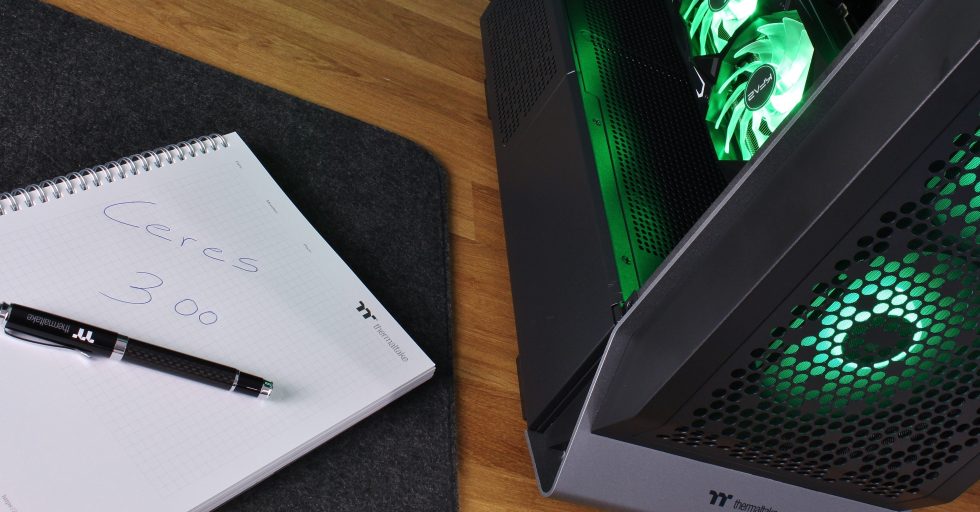
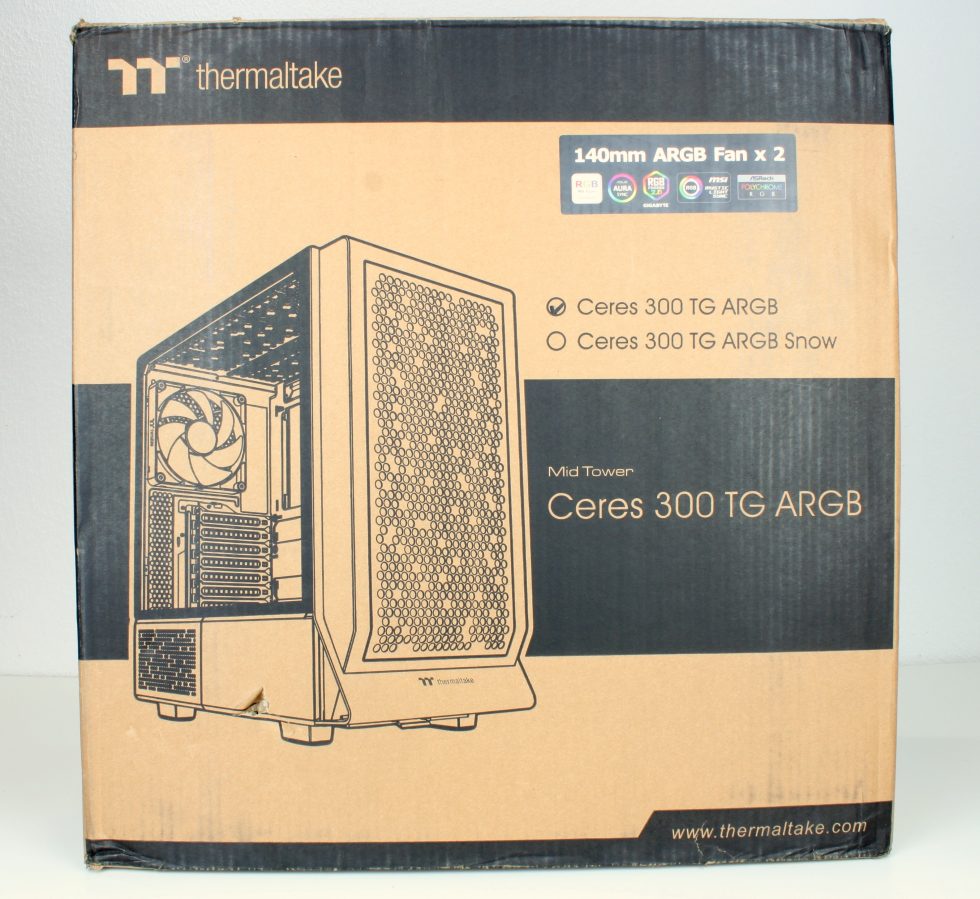
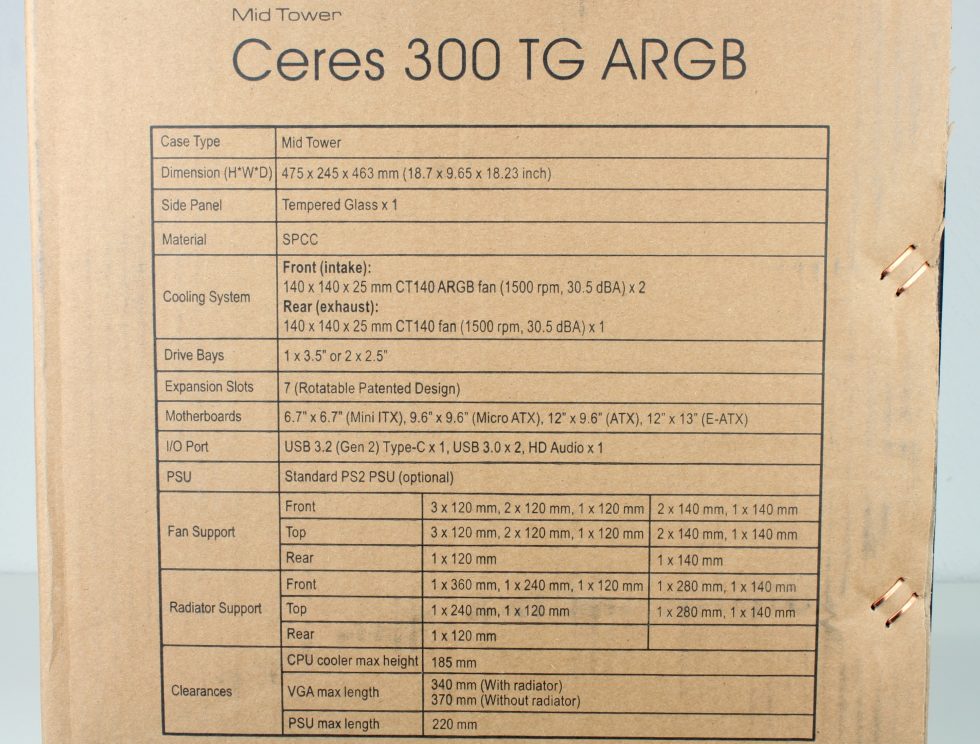
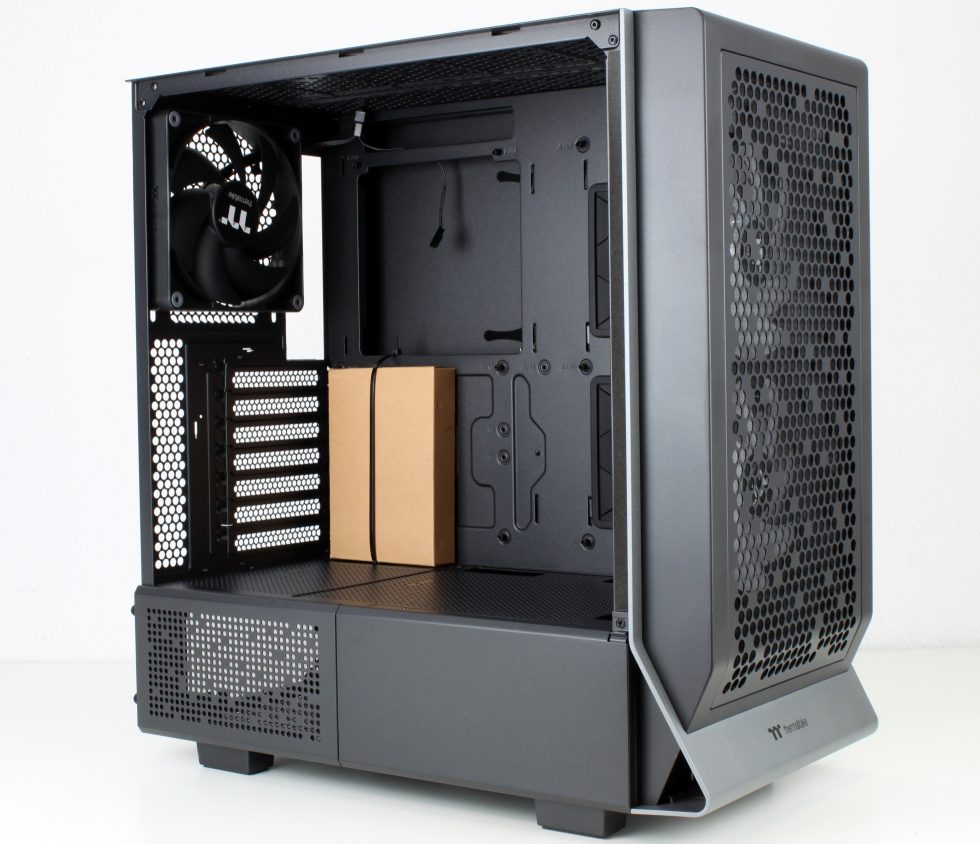
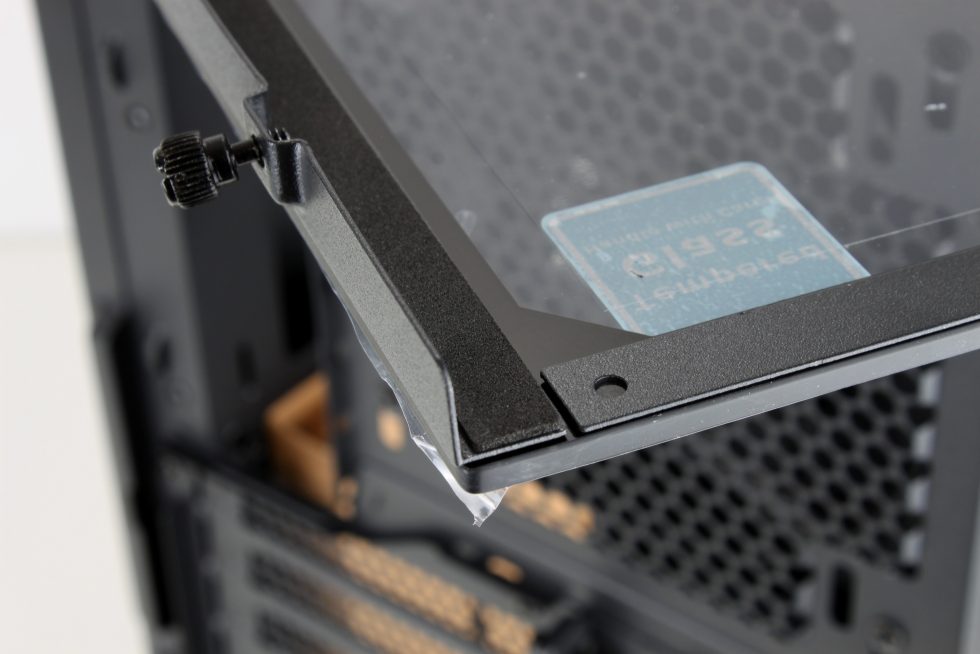


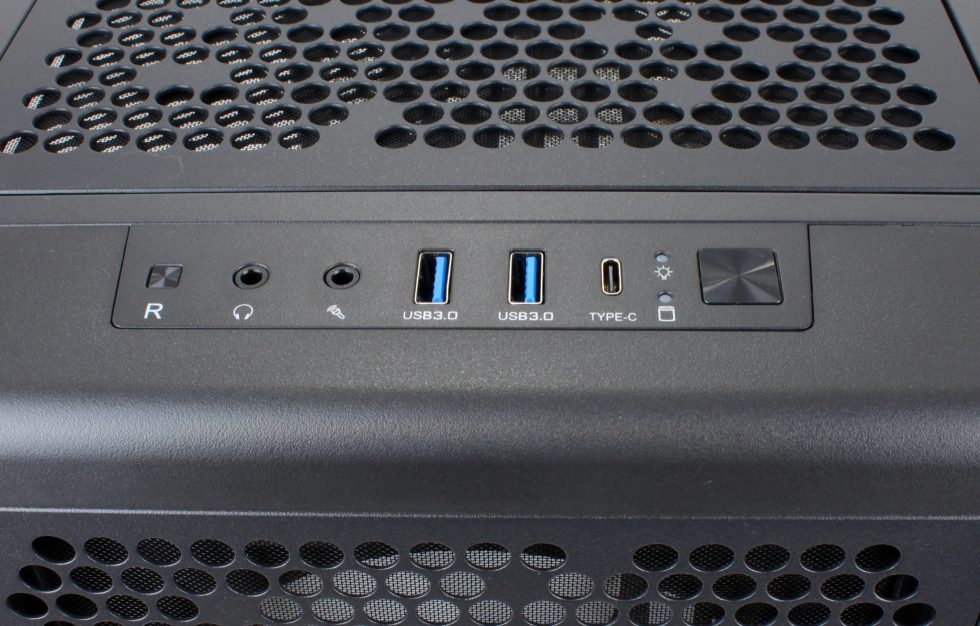
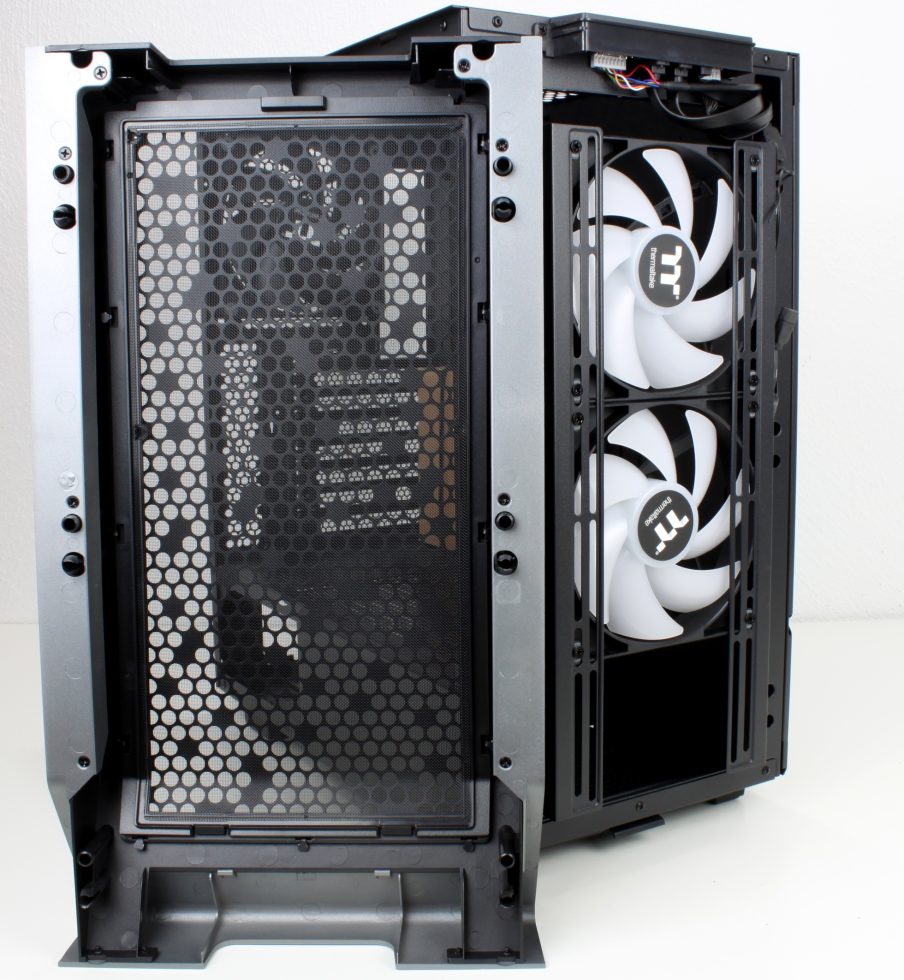
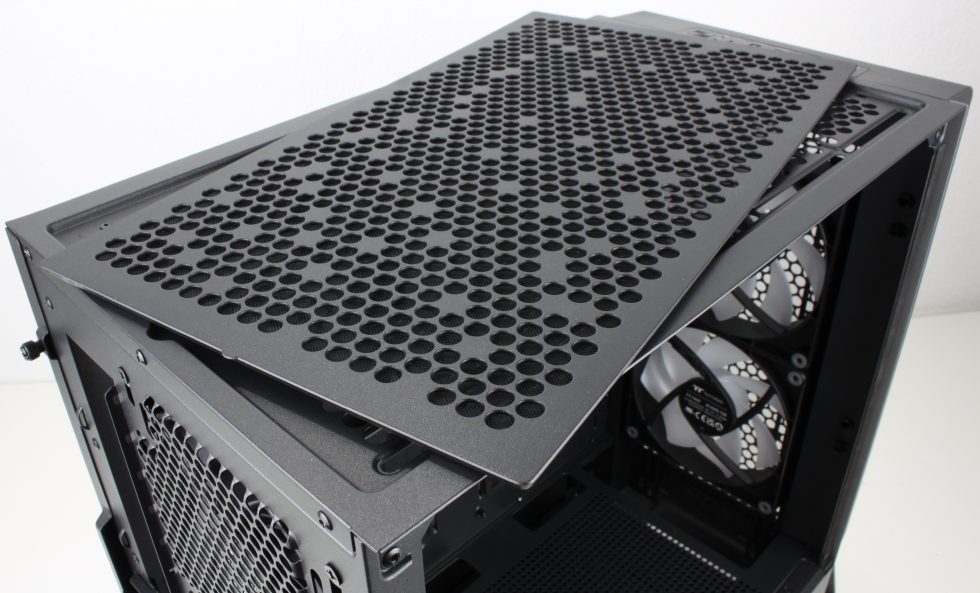
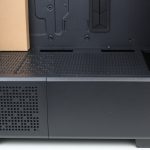
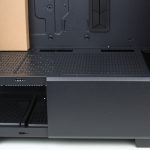
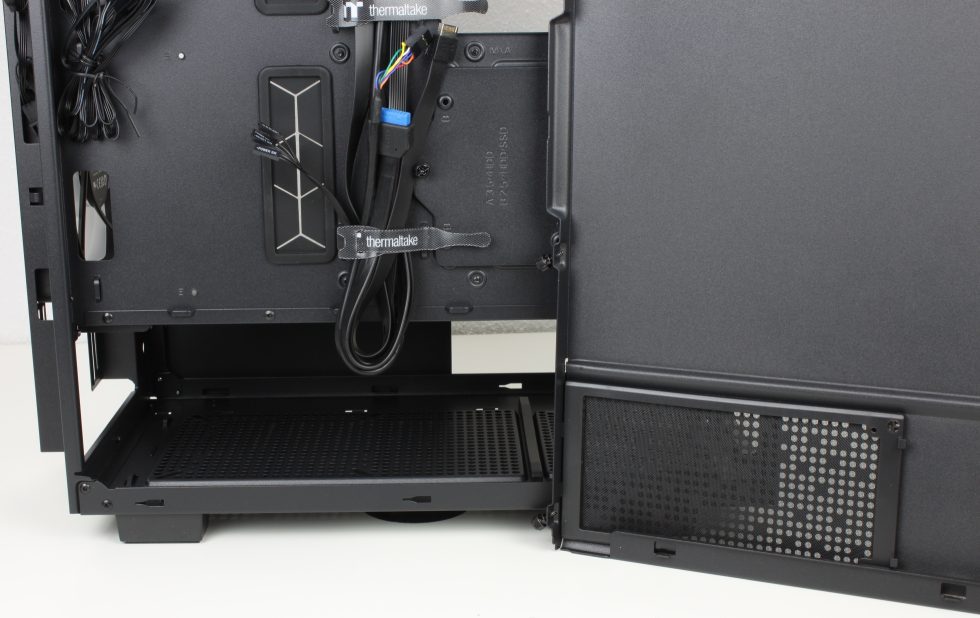
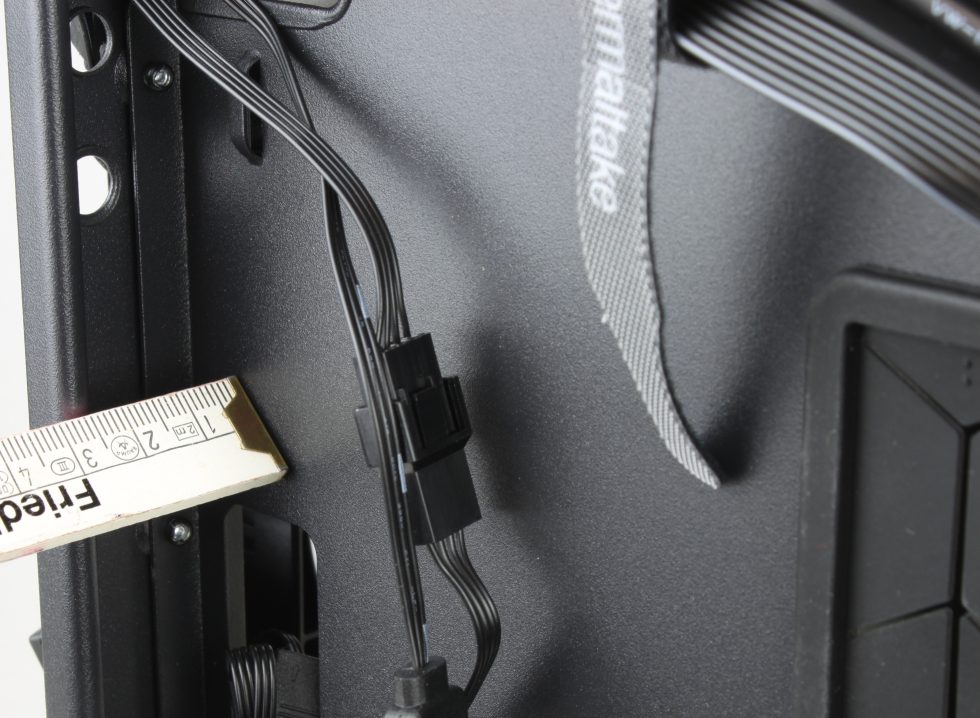
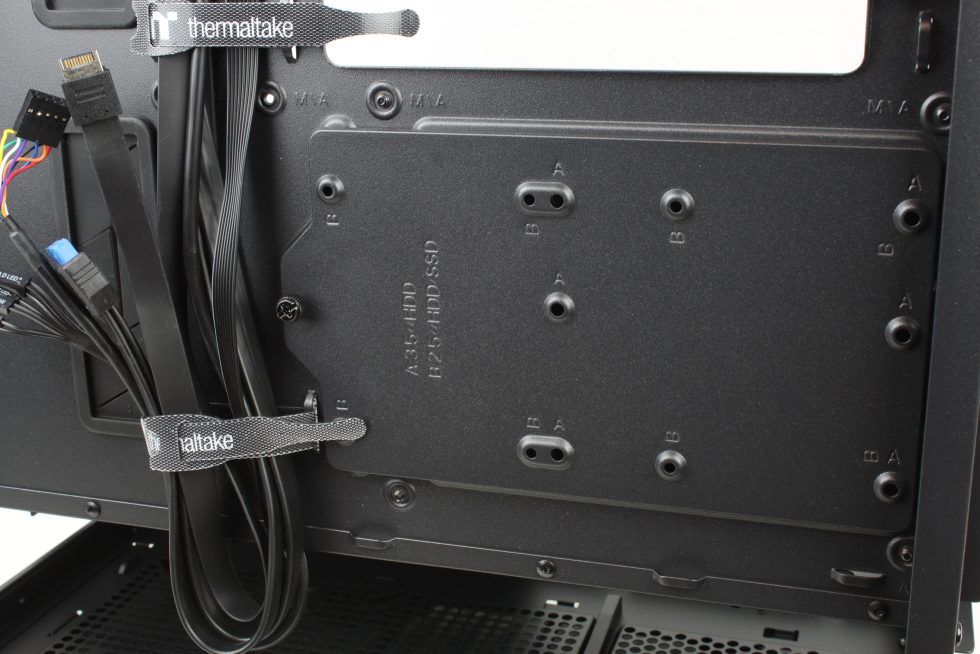
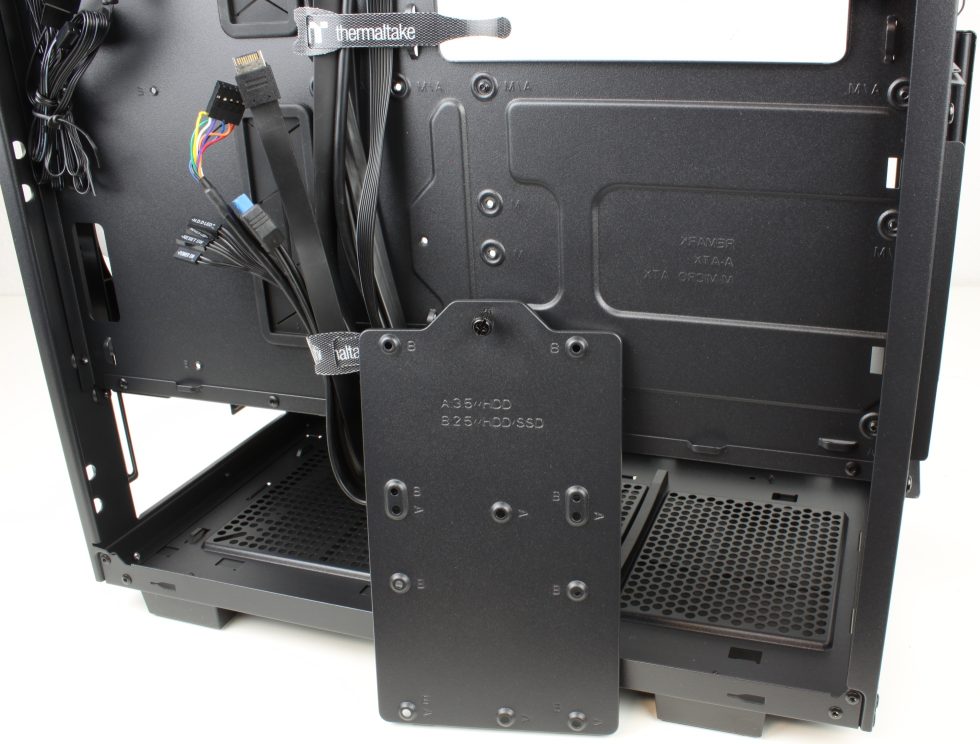
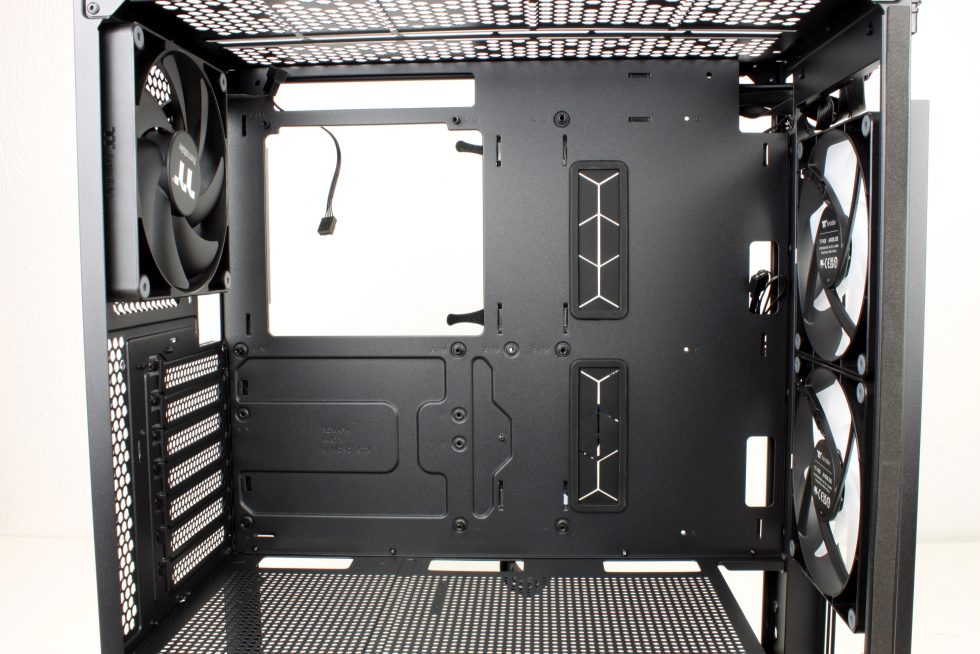
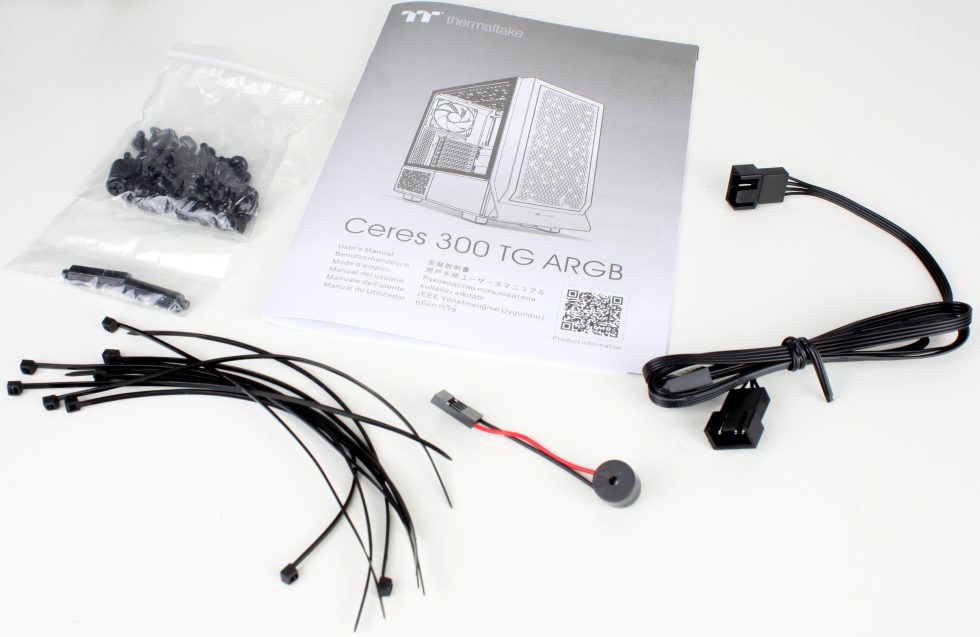



















37 Antworten
Kommentar
Lade neue Kommentare
Urgestein
Urgestein
Mitglied
Neuling
Urgestein
Urgestein
Urgestein
Urgestein
Veteran
Urgestein
Veteran
Urgestein
Veteran
Urgestein
Urgestein
Veteran
Urgestein
Urgestein
Veteran
Alle Kommentare lesen unter igor´sLAB Community →